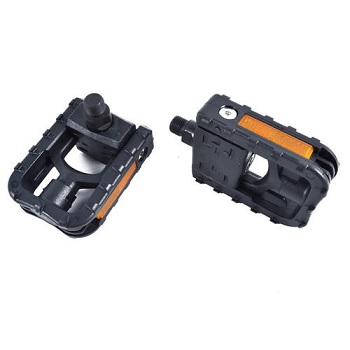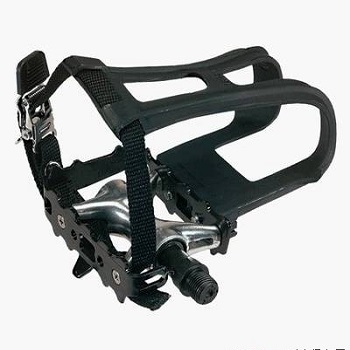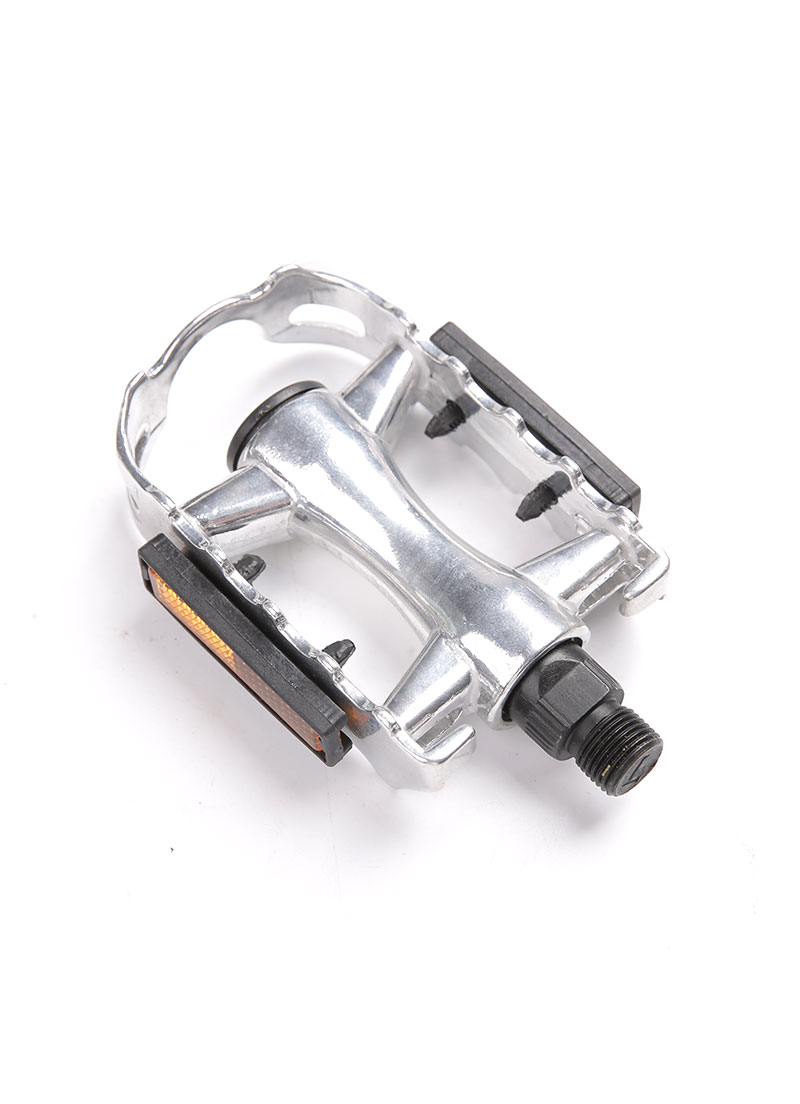Summary:1. Traditional pedals are the most common bicycle pedals. You can step on it with any kind of shoes (even barefoot!). Tr...
1. Traditional pedals are the most common bicycle pedals. You can step on it with any kind of shoes (even barefoot!). Traditional pedals are usually found in children's bicycles and city cars. Rubber or hard plastic is the most commonly used material for this type of pedal.
(1) Advantages
- Easy to use
- No special requirements for shoes
- Nothing will fix you on the bike
(2) Disadvantages
- You cannot apply upward force to the pedals, that is, you can step on the pedals down, but you cannot pull them up
- The foot slips off the pedal easily
2. Advanced pedals
More advanced pedals are used for mountain bikes. BMX or so-called "city" bikes refer to a type of bicycle that is mainly used for urban cycling and has no obvious characteristics of road bikes or station wagons. This type of pedal has a feature. There are "tooth" on the pedal, which can increase the friction between the shoe and help your foot to be fixed on the pedal.
(1) Advantages
- Simple and easy to use
- No special requirements for shoes
- Nothing will fix you on the bike
- The design of the pedal provides a better contact surface for the foot
(2) Disadvantages
- You cannot apply upward force to the pedals, that is, you can step on the pedals down while riding, but you cannot pull them up
- If your foot slips off the pedal and the pedal hits your calf, the "teeth" will hurt you.
3. Pedals with footstools
Another major innovation in pedal design is the invention of the foot cover. It first appeared in the 1860s. The obvious advantage of the foot cover over the ordinary pedal is that the rider can drive the pedal in a full circle, that is, it can move downwards. You can lift up while stepping on it. Foot covers are ideal for commuter cyclists who often walk through the streets and alleys.
(1) Advantages
- Simple and easy to use
- No special requirements for shoes
- Simple and easy to learn
- Riders can use their leg power on the pedals, pedaling down and lifting up
(2) Disadvantages
- There is still a small amount of power loss. The foot cover cannot transmit all the energy provided by the leg during pedaling
4. Dual-purpose pedals-probably the best in both areas
If you want to provide maximum flexibility and don't want to use only self-locking pedals, having dual-purpose pedals may be the choice of many riders.
This kind of pedal is flat on one side and can be stepped on with ordinary shoes. The self-locking on the other side can jam the lock shoes and provide more effective pedaling efficiency.
Related Products
Aluminum alloy pedal 9/16、1/2





